Top 10 Software Development Methodologies to Choose from

When creating software, how you approach the project affects the output significantly.
Ideally, you have to strike a balance between speed and structure, rigidity and flexibility. The software needs to be market-ready with the least deviation possible. You also have to minimise risk, reduce the chances of errors, and meet the deadlines without ever compromising on the security.
Often, the key to achieving all of this lies in determining the right organisational priorities. It’s equally necessary to understand the direct consequences of applying a particular software development methodology on any project.
Why Is Methodology Important in Software Development?
Because, to this date, many customers begin with an ‘I want…’ and expect to be handed a furnished, working project as soon as possible. And, when developers let this attitude fly, the result is more likely a poorly constructed, over-budget, often unreasonably delayed software with a list of flaws longer than the Nile.
Well defined software development methodologies are opportunities to excel.
With a system in place, you’d be able to offer so much.
- More accurate predictions and better estimates
- Keep the customer informed about the progress
- Develop a stable system
- Identify pitfalls beforehand
- Get a clear understanding of the tasks in the pipeline
- Have enough time to deal with shortfalls before they can pose a major issue in the development process
Once developed, an evaluation strategy will help reduce the time you put in project structuring. You’d have a routine with proven criteria for selecting software process models. And, you’d have more time to devote to the quality of deliverables.
Of course, proper implementation is just as important as selecting a development approach.
Software Development Methodologies- Listing the Top 10 Models You Can Try
Since information technology gained roots, a good deal of software development models has been used by management teams to regulate the design, creation, and deployment of code. Each of these methods carries advantages, drawbacks, and a specific set of use cases.
There is no One-Rule-Fits-All solution in this case, however.
The key here is to determine the organisational, technical, and team-related considerations native to a particular project. Only then, you’d be able to decide which software development methodology suite your objectives, offer productivity, and deliver quality.
Meanwhile, here is a list including the top 10 software development processes of 2018.
1. Agile
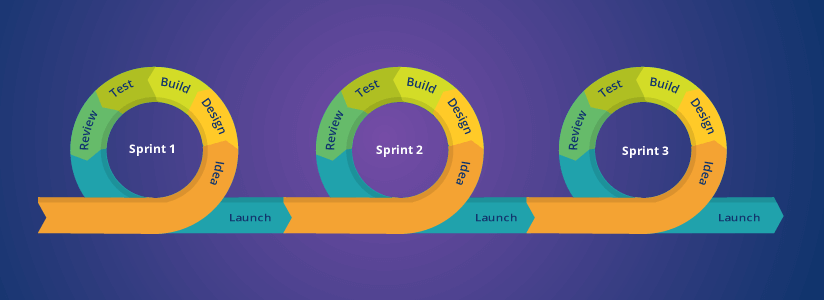
The Agile software development technique uses iteration and cross-team collaboration. The deliverable is incrementally produced and improved. The requirements are defined at the beginning of each iteration. The features are identified, broken down into specific modules, and the output is reviewed continuously during development.
Advantages
Agile acknowledges the fluid tendency of project plans. Its adaptive approach accommodates changes in the environment or technologies.
It advocates frequent inspection, encourages teamwork, and promotes accountability.
Agile instils the habit of frequent communication between the developers and shareholders. It helps in collecting feedback which is then incorporated into future iterations. Any false assumptions on the developer’s side are recognised early because of this practice. That reduces any long-term impact of misplaced client requirements.
Re-work on the software is reduced to a great extent by using Agile. Since the project is continually being reviewed and improved, the developers pick up issues earlier than usual, and the final deliverable doesn’t require many do-overs.
Agile methodology lets the developers’ understanding of the project mature with the process. Since this software development model encourages collaboration, the developers have focus and clarity. Plus, the team members are less likely to become isolated.
Disadvantages
- Agile has a simple principle. However, first-timers may find it difficult to commit to it.
- It’s hard to predict the ultimate deliverable since the beginning.
- It requires active collaboration at a high level. In cases involving teams at multiple locations or larger projects, that may not be possible.
- The focus lies heavily on a functional software and not on documentation.
- Agile assumes the end user’s needs to be dynamic. However, if the client isn’t sure where the ultimate deliverable should flow, that will impact the design and development negatively.
2. Scrum
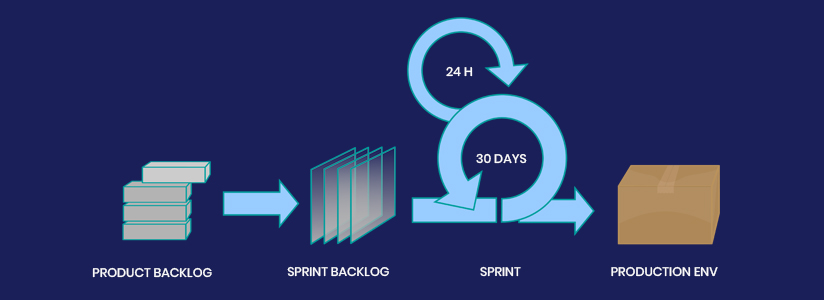
This ‘inspect and adapt’ framework shares several features with the Agile software development methodology, including flexibility, adaptiveness, collaboration, and frequent feedback & improvement cycles.
It follows the Sprint process, wherein a list of product specifications provided by the client are prioritised. The development teams work by a deadline. A Scrum Master tracks the operation of each Sprint and guides the team towards the set goals. Each Sprint, once over, results in a deliverable which is then used to define the tasks for the next Sprint.
Advantages
Scrum is especially beneficial in cases where the client’s requirement document can’t be easily quantified. It follows an incremental delivery system which reduces the time-to-market. The budget and deadlines are fixed variables, resulting in effective use of money and time.
The development moves from one Sprint to another. The coding, as well as testing, takes place throughout the process. The Sprints are short cycles of development. Hence, incorporating feedback and making changes is easier too.
Regular Scrum meeting ensure that the teams have clear goals. It also makes it convenient to measure individual effort.
Disadvantages
- Scope Creep is the most significant issue with Scrum. If a project begins without a definite end date, the continuous, uncontrolled growth can lead to cost overruns.
- For smaller projects, Scrum isn’t very cost-effective.
- The triumphant completion of any software development project relies greatly on coordination between team members and experienced professionals.
3. Waterfall
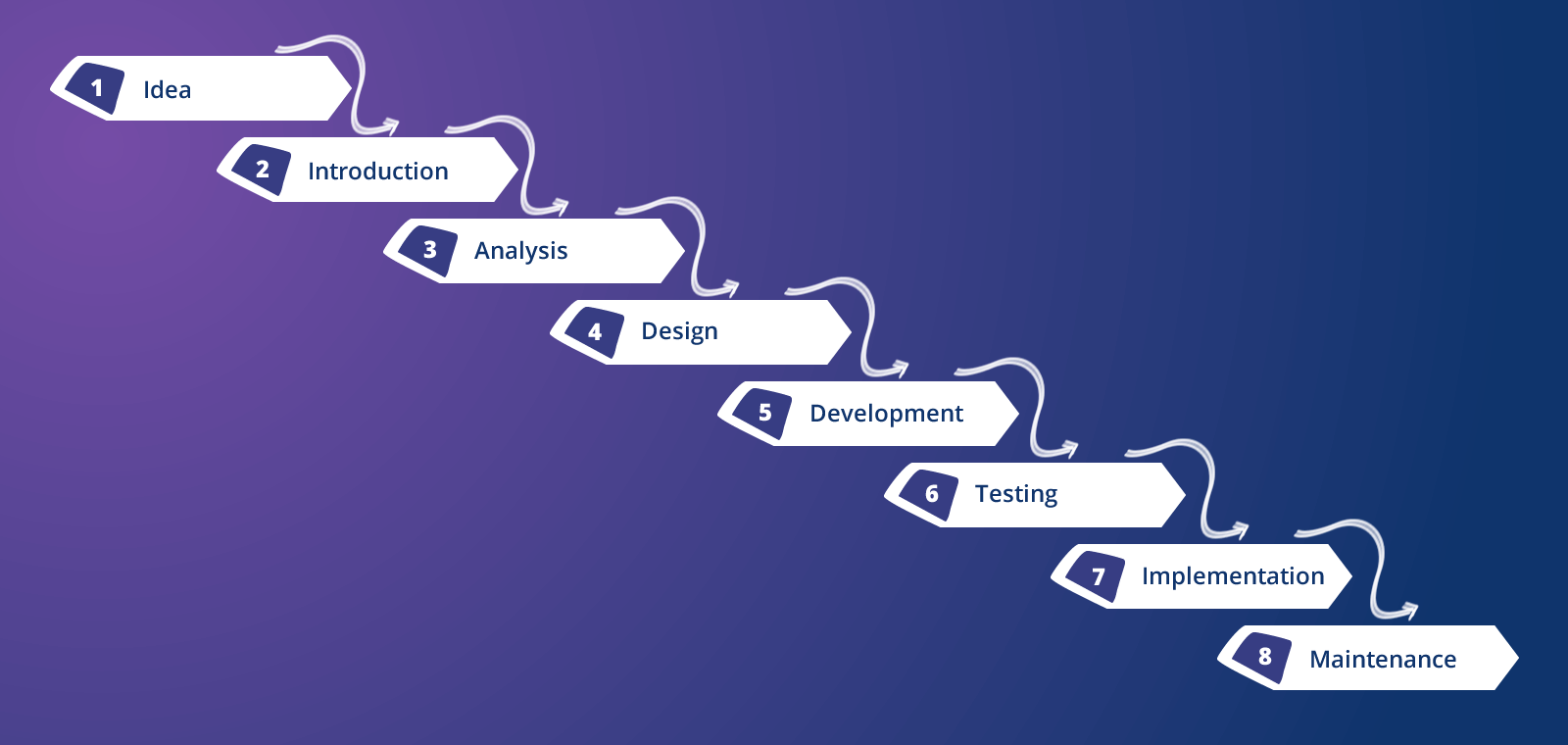
Defined in 1970, the Waterfall methodology is an incremental process with five sequential steps. I.e. Requirements, design, implementation, verification, and maintenance.
Advantages
The Waterfall model is rigid. The outcome is predicted using the requirements and determined in the early stages of development.
It uses a clear structure. It’s easier to understand and follow. It encourages the creation and organisation of meticulous documentation. With detailed information available as a reference, the Waterfall model allows the entry of new developers into the development process.
It is highly methodical and follows a clean transfer of information between the steps. Every phase is allotted a fixed beginning time and conclusion which makes it easier to monitor progress.
Going back to change the code isn’t possible. However, the linear process facilitates easier analysis and testing.
Disadvantages
- There is no room for sudden modifications or unexpected changes.
- It uses specific, predetermined, rigid assumptions. Any change in the parameters will throw up the entire timeline and require the developers to begin from scratch.
- It’s an internal process meant to simplify developments for a team. Hence, it doesn’t actively involve either the client or the end user in the process, which makes it a bad fit for any project that requires iterative development.
4. Kanban

Kanban, a Japanese term, means a visual board. It is inspired by the lean method and uses a view of progress to organise a development process.
Kanban works on the principle of continuous delivery. It stresses on helping teams work together effectively. A Kanban board is used to visualise the work process, better understand the workflow, emphasise the evolutionary changes, and focus on the customer’s requirements.
Advantages
Kanban defines the tasks that are to be performed, that have been accomplished, and that need revision, simultaneously, hence reducing the time to complete them.
The communication happens via visual signals, which is effective and straightforward for team members to understand. It also makes it easier to move seamlessly between functions, review processes, make changes, and streamline work.
It follows the Just-in-Time delivery process. It’s highly responsive. The teams can limit the number of tasks in progress at any point. It also encourages innovation, collaboration, and efficiency.
Kanban includes quality control in the project management process. The outcomes are more accurate with fewer rework requirements.
Disadvantages
- Any variability affects the system’s ability to function effectively and reduces optimal productivity levels.
- Kanban makes use of stable production plans which are used repetitively. If any of the factors involved in making assumptions for the project fluctuates, it’ll negatively impact the outcome.
- It isn’t very effective in situations that involve shared resources, long lead times, large project sizes with non-existent product variety, etc.
5. XP (Extreme Programming)

XP attempts to introduce the best possible efficiency in the coding process and reduce the time-to-market. It follows simple practices which make use of requirement analysis, communication, feedback, and teamwork. It encourages programming in pairs, utilises short development cycles, and advocates frequent releases.
XP is very aligned with the Scrum software methodology. The differences are few and subtle. XP uses smaller iterations. It is more open to allowing changes into the development process. It lets the customer prioritise the working order. It also prescribes a set of engineering practices, like refactoring, automated testing, and pair programming.
Advantages
It uses minimal documentation and encourages quick delivery, hence saving time and money.
It often results in the creation of extremely simple code that can be easily improved at any point. It’s a visible process that assigns accountability to all involved parties fairly.
Regular testing, constant feedback incorporation, and continuous delivery are essential parts of XP.
Disadvantages
- Its incremental approach doesn’t respond well to the complexity of the contemporary software.
- Since it factors in changing requirements, it strongly depends on well-detailed planning. The lack of it can cause disruptions in the development.
- Pair programming may lead to code and data duplication at times.
- This software development methodology is very coding centric. The design comes second to code which can cause significant discrepancies in large projects.
- The minimal documentation often results in loosely reported defects.
6. Feature Driven Development
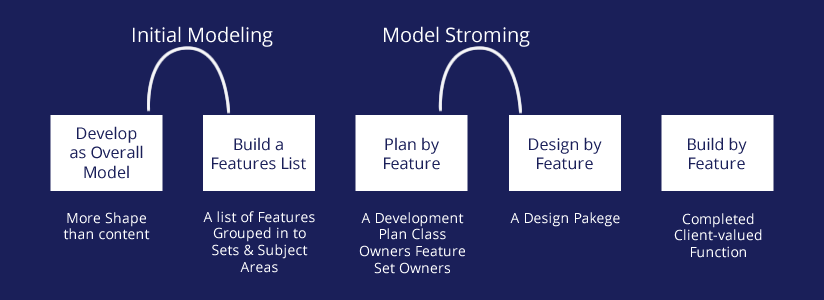
FDD is incremental, iterative, and aligned with the Agile development methodology. Each project is divided into features. Milestones are defined to mark the progress of each element. The development plan, design, coding, and testing also happen according to the list of features.
Advantages
It’s a short-iteration process. It works in a cycle of one to twelve days. The result of each cycle is a small yet useful function.
The overall model is established before the design and coding begin.
While developing any feature, every class is assigned to different developers. That encourages individual actions. It requires all class owners to explore various viewpoints before any design decision gets made. Also, it leads to cross-component and cross-functional teams.
FDD offers easy scaling to large-scale projects. It allows domain wise yet simultaneous development while maintaining quality. It also requires progress-tracking and monitoring at regular intervals.
It is a comprehensive software development methodology and hence is easy to adapt.
Disadvantages
- FDD is inefficient in cases that involve nuclear teams and strict deadlines.
- The team-leads must be professional experts for FDD to work since the leads are responsible for maintaining the pace of the development.
- While it encourages detailed progress reporting, precise documentation is not included in the FDD scope.
7. Rational Unified Process
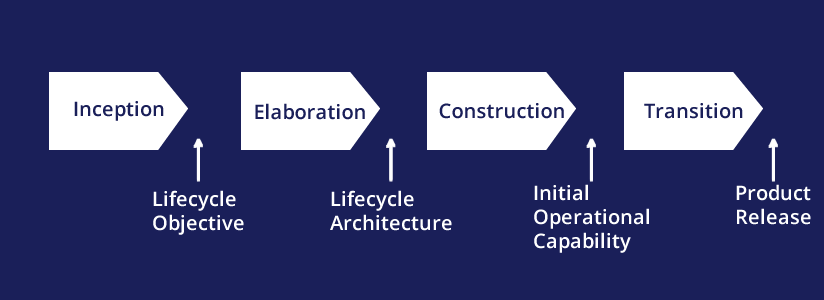
Originally developed as an analytical process product, this iterative adaptable framework can be tailored by a developer to fit the project needs.
Its philosophy divides the process flow of every project into four parts.
- Analysis and Design
- Business Modelling
- Deployment
- Implementation and Testing
It also provides templates, guidelines, and feature specimens for every developmental stage.
Advantages
RUP encourages the developers to work on high-risk elements in every phase, leading to iterative development.
It utilises component-based architecture which promotes reusable entities and lessens the development time. It supports visual model and tracks every change during development.
RUP focuses on documentation. It is suitable for clients with evolving needs. Integration occurs throughout the software development lifecycle.
Disadvantages
- Implementing the Rational Unified Process requires training.
- Reusable components may cause issues in development when the technology being used is latest.
- The organisation can be complicated.
- Constant integration can create issues in massive projects with several development streams.
8. Lean Development Methodology
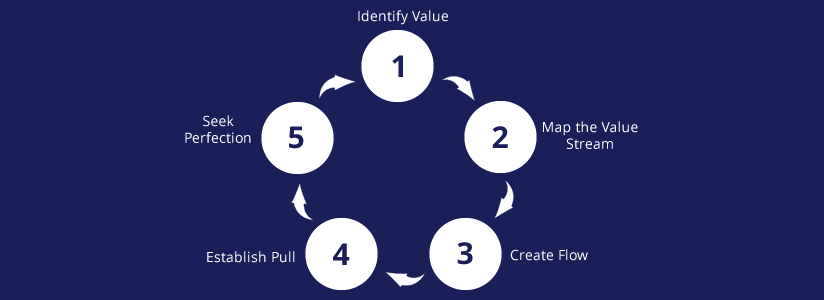
The Lean software methodology is focused on building changeable, well-optimised software in a short period. It follows a few basic principles:
- Waste elimination
- Continuous learning
- Conceptual integrity
- Fast delivery
- Coherent up-to-down development
Lean is often considered an Agile subset. The similarity, however, is the result of the science behind Lean which is used to operate the values and principles of Agile.
Advantages
The Lean principle advocates getting rid of any activity/element(s) in the development process that can be replaced or skipped altogether. These include extra steps, unnecessary features, defects, incomplete requirements, etc.
Lean exhibits an unconventional approach to making decisions. Any finalisations are made only after a good deal of information has been collected. As a result, the product doesn’t include any unnecessary specifications. Procrastinating decisions to a reasonable point also helps in saving resources.
This methodology avoids too much planning. Instead of following specifications blindly, it encourages direct and continuous learning by building code.
It also requires communication with the users. That helps the developers better understand what the user wants, discover discrepancies in the code, and adapt the product accordingly.
It doesn’t need micromanagement, encourages direct communication between team members and users, and is perfect for continuous projects being developed by in-house teams who have been trained to apply the principles of the methodology wisely.
Disadvantages
- It’s a team-dependent process. It requires professional project managers well-versed in creating detailed specifications using the client requirements.
- Waiting for information before making a decision can often get dragged to a point where it’d cause the loss of time and resources and slow down the process.
- It uses short iterations. As the number of builds increases, mismanagement becomes a widespread issue.
9. Joint Application Development Methodology
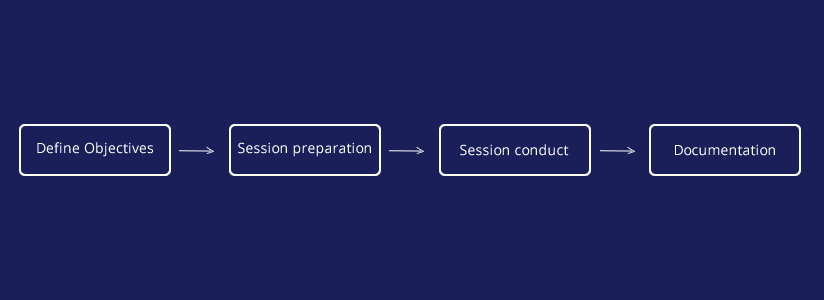
JAD or Joint Application Development is a software development methodology that thrives on collaboration between development teams and all stakeholders. It offers an improved system of gathering requirements and designing systems.
The JAD process uses interactive workshops. It conducts organised, structured sessions. The series of workshops involve a business representative, IT representative, stakeholders, facilitator, and a scribe. It involves the end user in the design process.
The scribe documents the entire process, ensuring that every idea and viewpoint thrown during the session is captured and analysed. The facilitator leads the project, controls the discussion, and keeps the process from getting sidelined in a neutral, unbiased manner.
Advantages
It’s a well-accelerated design process and is very popular among developers as well as business analysts.
The structured meet-ups lead to a quick analysis of the project requirements. They also improve the design efficiency, save time, and cut costs. The differences and issues are discovered and resolved quickly because of the close communication. Involving all concerned parties presents different viewpoints, opening new avenues for the case.
JAD sessions are run on a regular basis until a decision is made. It helps by making it easier to track the progress and improves the system quality.
Disadvantages
- Scheduling JAD sessions take a lot of planning and organisation between different teams and parties.
- A successful software project designed via JAD requires trained professionals on board.
- Aligning goals within the teams can be difficult, especially in cases of difference of opinion.
- The process can also get lengthened if the project under consideration is big.
10. Dynamic Systems Development

This methodology was initially inspired by the RAD or Rapid Application Development Model. It was later revised using Agile philosophies.
- DSDM is tool-independent. It is a five-phase process, each defined with a purpose and governed by a product and management based set of quality criteria. These include:
- Feasibility study
- Business study
- Functional model iteration
- Design and build iteration
- Implementation
The life cycle of DSDM is such that a project must pass the requirements to enter into the next phase of development. An active configuration management system is put in place to track the progress and roll-backs are used to improve the project.
Advantages
DSDM uses a cycle of continuous development. The primary functions are developed in the first phase, and the complex ones are added to the mix as the project progresses. It prioritises the requirements, builds a project in increments, and iteratively works through them.
DSDM process is very popular for adhering to tight budgets and deadlines. It is also easy to access. It strongly focuses on communication.
Since the methodology involves the end user, they are better able to understand the final product as well. There is no tool-specification either. The users get to choose the techniques and software assistance they prefer.
Disadvantages
DSDM requires very skilled users and software developers. That makes it expensive to implement, especially if it is being used by a small organisation.
DSDM outputs can be heavyweight.
It expects continuous improvements. It’ll only work if the requirements are addressed progressively.
But, of Course, Choose the Attire That Fits the Occasion
Using a properly-defined methodology has several advantages.
However, when you work with a learned team that either evades informing about the methodology it uses or admits using none, severing all ties with them may not be the best of all ideas.
Using a software development methodology is more about having a repeatable process with measurable parameters and proven success.
As a development team, you may use any of the top ten software development methodologies mentioned here. Or, you may not use any at all. The key, in such cases, is a well-defined, well-tested process. It could be Scrum, Agile, Lean, or something entirely different that suits you.
At the same time, a methodology mentioned here and used by many isn’t necessarily something bound to give you successful results. Once you’ve declared your requirements, your search should only end on a system that offers you better, faster, and reasonably efficient results. Value for money, again, is the key in such cases.
Tired of offshore disappointments? Hire software developers from a trusted software development company with 14+ years of experience, a 95% client retention rate. Imenso Software delivers quality, reliability, and innovation worldwide!
Similar Posts

10 Best NodeJS Frameworks for Building Robust Web and Mobile Applications
Are you grappling with the challenges of web and mobile app development, yearning for effective solutions to build robust and scalable applications that offer exceptional user experiences? Look no further. The answer lies within the realm of Node.js and its powerful arsenal of frameworks. Imagine yourself faced with a deadline, entrusted with creating a web […]...

Features Of A Real Estate Website: A Deep Dive
What makes a real estate website stand out? The theme? The images? The testimonials? Maybe all of them. This post breaks down the top features your real state website must have to help visitors get what they’re looking for. Feel free to skip to the features you are most interested in....
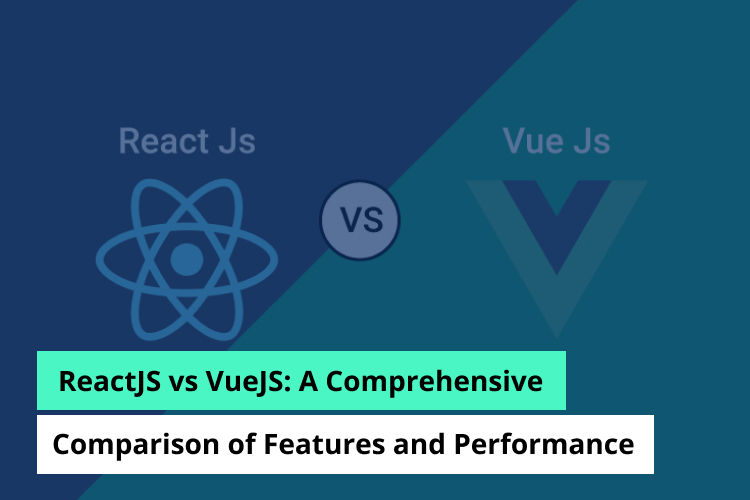
ReactJS vs VueJS: A Comprehensive Comparison of Features and Performance
Both the ReactJS and VueJS JavaScript frameworks are widely used to create modern web applications. These frameworks have been used by a number of big-name companies and organizations to develop high-quality and efficient web applications. For example, Facebook’s web app is built using ReactJS, and the company has contributed significantly to the development and maintenance […]...








